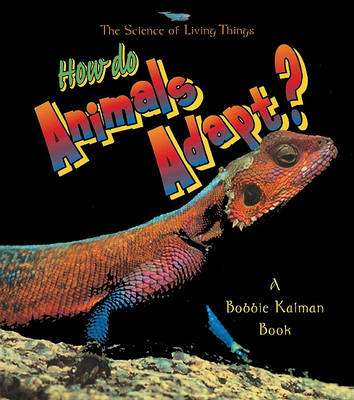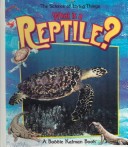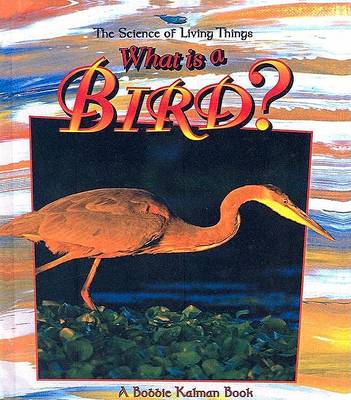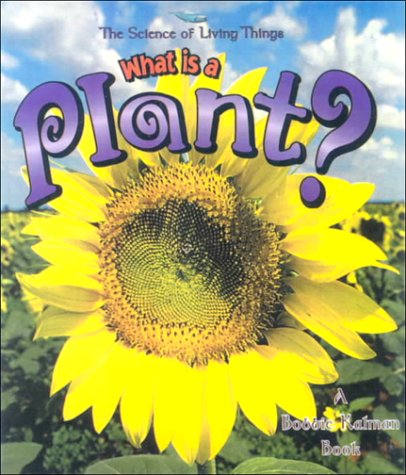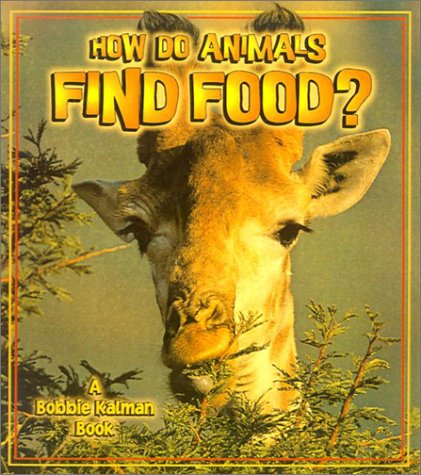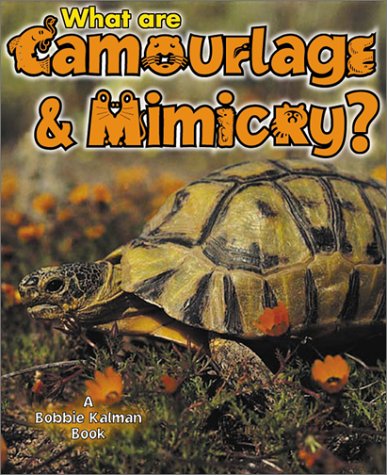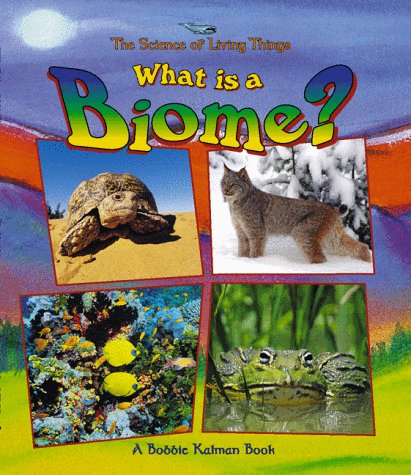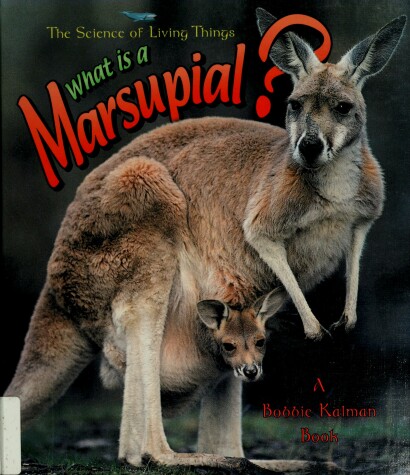The Science of Living Things
37 total works
•the important differences between marsupials and placentals
•how kangaroos, koalas, wombats, Tasmanian devils, opossums, and bilbies are related
•how marsupials reproduce and raise their young
•the ways in which they hunt and feed
•why some marsupials are in danger
